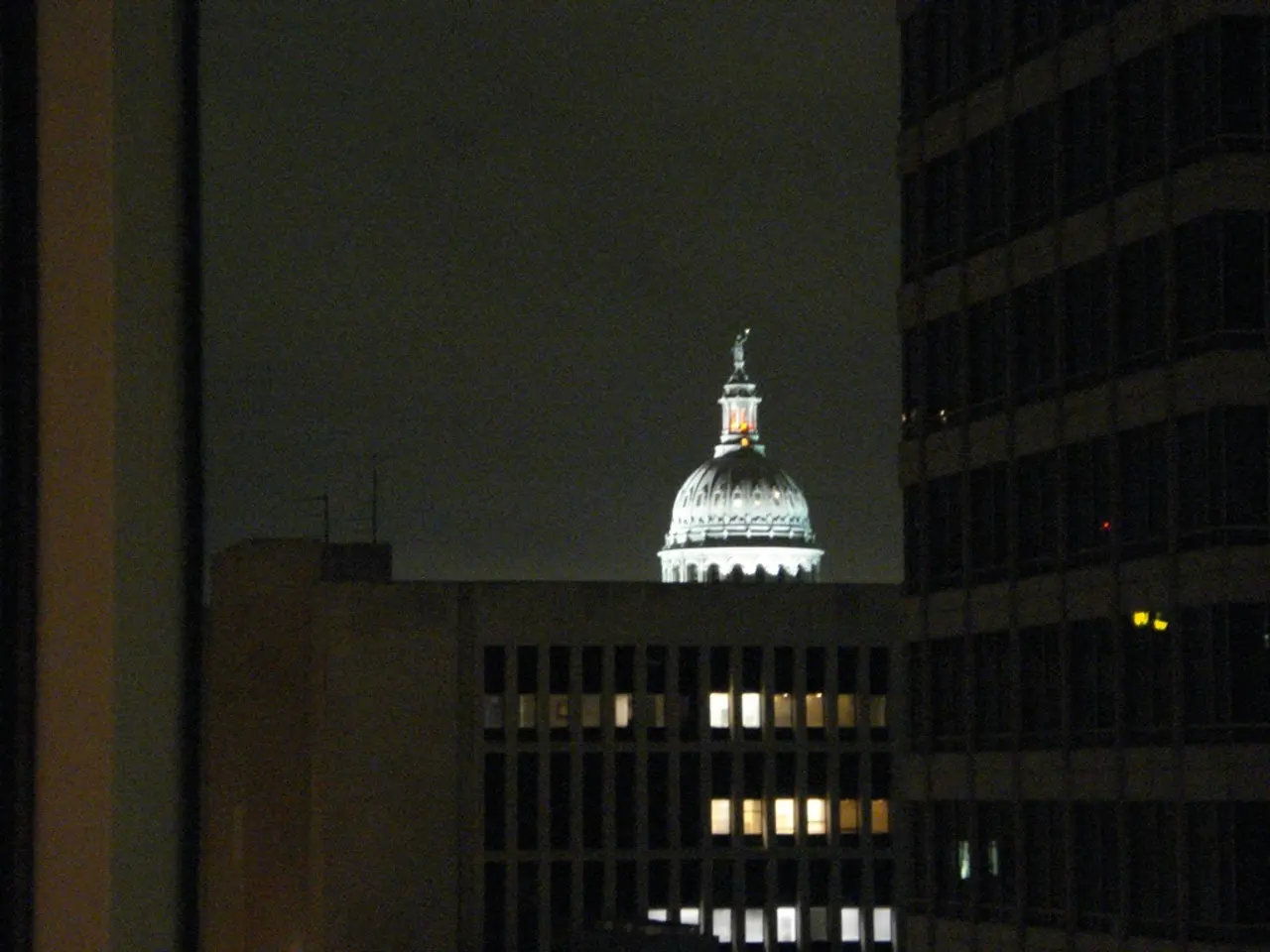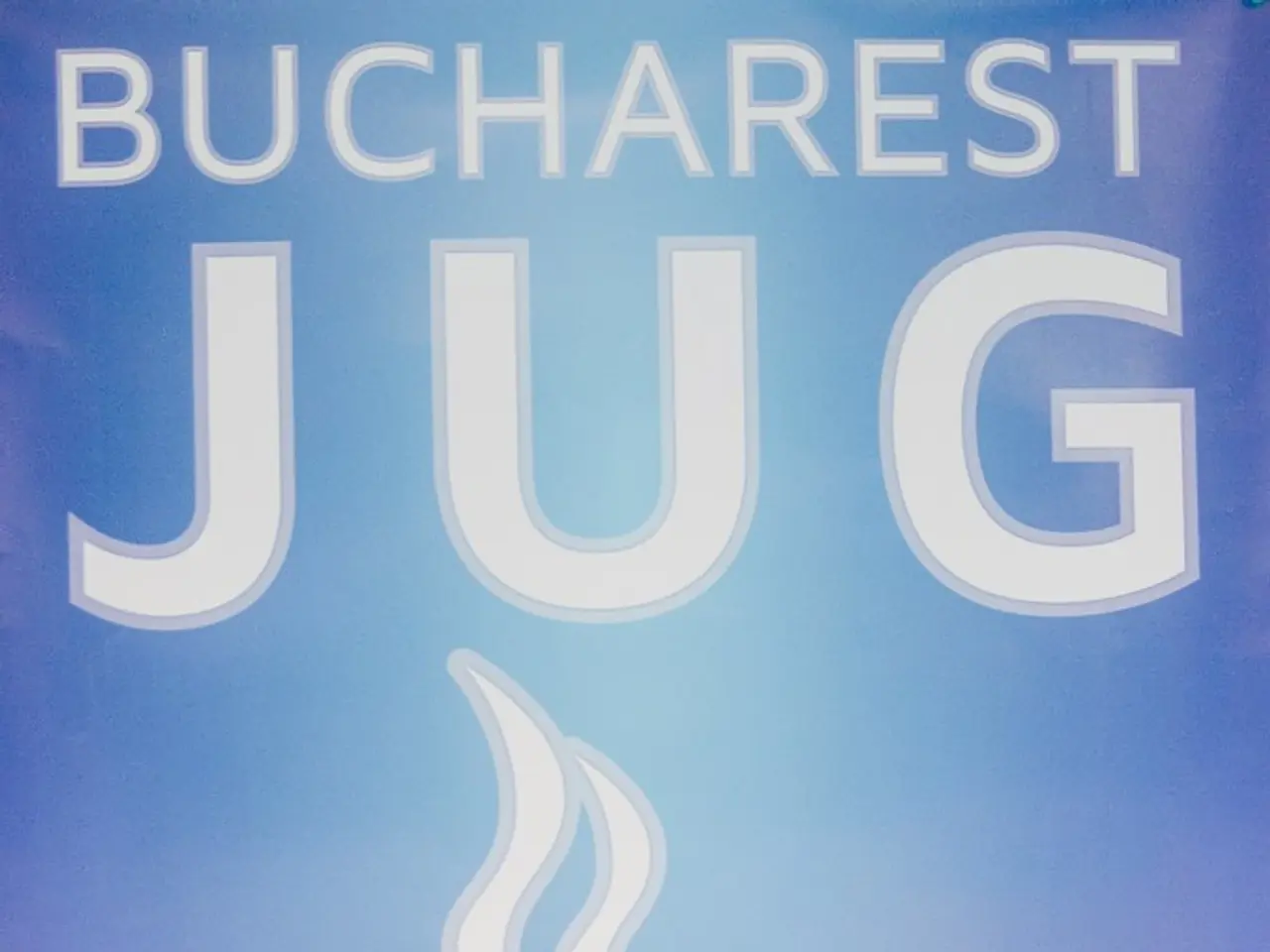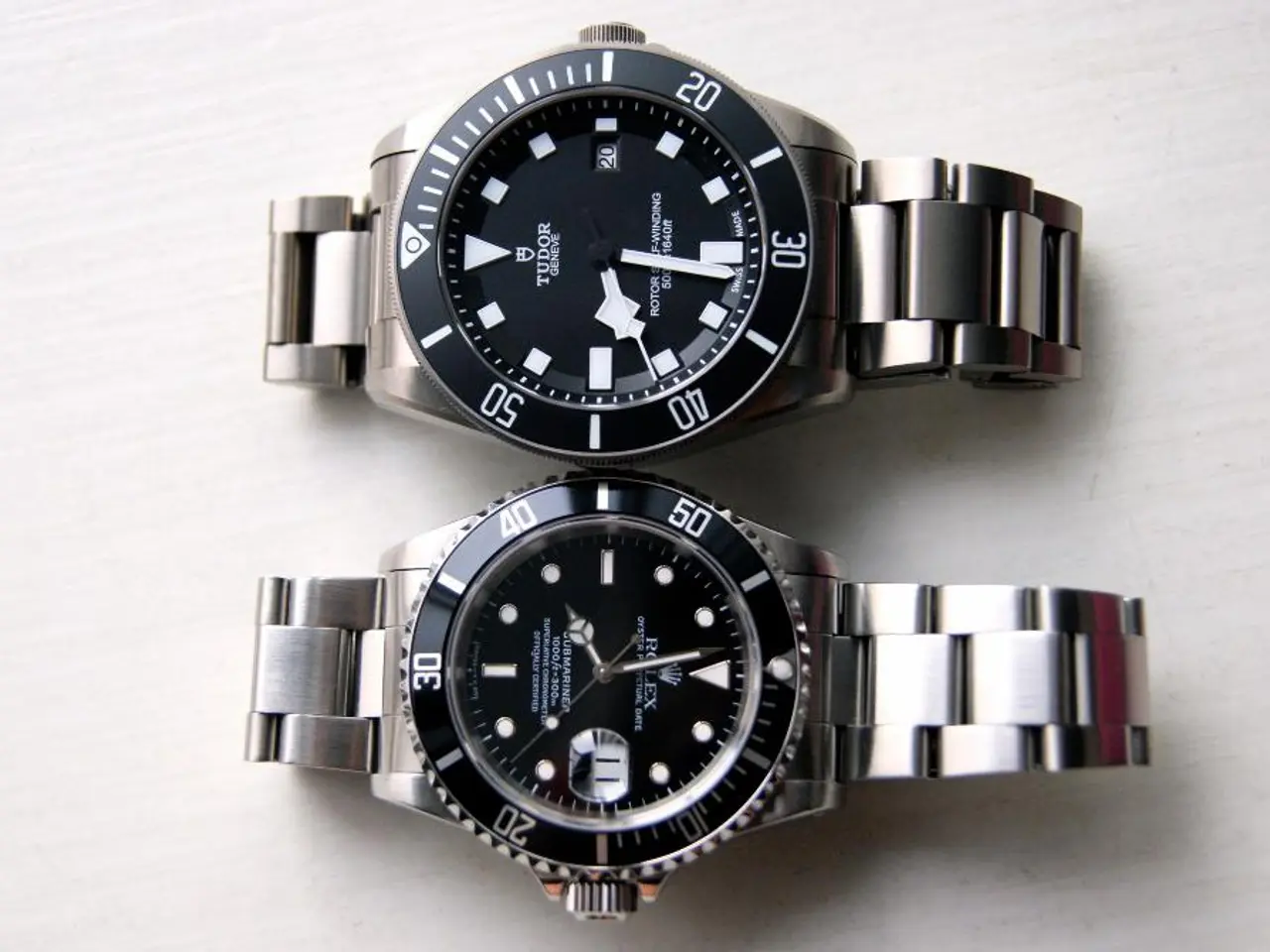Exploring the Question of Dark Energy: Delving into the Timescape Hypothesis' Proposals
The Timescape Model, first proposed in 2007 by David Wiltshire, has emerged as a significant alternative to the widely accepted Lambda-CDM (ΛCDM) model, offering a fresh perspective on the accelerating expansion of the universe.
### What is the Timescape Model?
The Timescape Model posits that the observed cosmic acceleration can be explained without invoking a cosmological constant (Λ). Instead, it interprets accelerated expansion as an apparent effect arising from inhomogeneities in the universe’s matter distribution and the different rates of time flow ("timescape") in distinct regions with varying gravitational energy (voids versus walls).
### Evidence Supporting the Timescape Model
Recent studies analysing the Pantheon+ supernova sample—one of the largest compilations of Type Ia supernovae measurements used to probe cosmic expansion—have found very strong evidence favouring the Timescape Model over the standard ΛCDM cosmology. This suggests the Timescape Model can fit the supernova data at least as well, if not better, than ΛCDM, potentially eliminating the need for dark energy or a cosmological constant as separate components.
### Current Debates and Challenges
The ΛCDM model remains the most widely accepted and successful framework, backed by multiple lines of evidence such as measurements from the cosmic microwave background (CMB), baryon acoustic oscillations, and large-scale structure surveys. Critics of the Timescape Model argue that it still requires further testing against these other cosmological observables beyond supernova data.
The sensitivity of CMB measurements to parameters like matter density (Ω_m) and curvature (Ω_k) is strong, but direct sensitivity to dark energy density (Ω_Λ) is relatively less pronounced because the cosmological constant becomes significant only at low redshifts; this leaves room for alternative explanations like Timescape.
Upcoming large-scale surveys and observatories, such as the Vera Rubin Observatory, collecting vast amounts of data, could potentially challenge the ΛCDM paradigm by providing more detailed observations of cosmic structure and expansion history, thereby either strengthening or undermining the Timescape Model or other alternatives.
### Summary Table: Timescape Model vs. Lambda-CDM Model
| Aspect | Timescape Model | Lambda-CDM Model | |-------------------------|---------------------------------------------------|-------------------------------------------------| | Explanation for acceleration | Apparent effect from inhomogeneities & variable time flow | Cosmological constant (dark energy) causing acceleration | | Evidence support | Strong fit to Pantheon+ supernova data[5] | Strong CMB, BAO, supernova, and structure support[1] | | Sensitivity to CMB data | Less directly sensitive to cosmological constant | Highly constrained by CMB, matter density, curvature[1] | | Ongoing tests | Needs broader observational verification | Supported by broad cosmological datasets | | Future prospects | Potentially tested by Vera Rubin Observatory data | Current standard model awaiting stronger challenges[3][4] |
### Conclusion
While the Timescape Model provides an intriguing and geometrically motivated alternative to the ΛCDM cosmology, supported notably by recent supernova data analyses, it still awaits comprehensive verification against other cosmological observables. The Lambda-CDM model remains the benchmark due to its extensive empirical backing but faces ongoing scrutiny as new data from cutting-edge observatories might reveal new physics or validate alternative models like Timescape.
As we continue to push the boundaries of what we know, the universe will undoubtedly continue to surprise us. The debate is currently centered on the sufficiency of the Timescape Model to explain all cosmological data and whether it can supplant or complement the ΛCDM framework. The next decade of observational cosmology is expected to be crucial in resolving these questions.
- The Timescape Model, initially proposed in 2007, challenges the Lambda-CDM model's dominance in the field of science, especially in the context of space-and-astronomy, by offering an alternative explanation for the accelerating expansion of the universe that does not rely on dark energy or a cosmological constant.
- Within the realm of medical-conditions and technology, upcoming large-scale surveys and observatories, such as the Vera Rubin Observatory, have the potential to verify or challenge the Timescape Model, revolutionizing our understanding of the universe, as they collect vast amounts of data on cosmic structure and expansion history.




